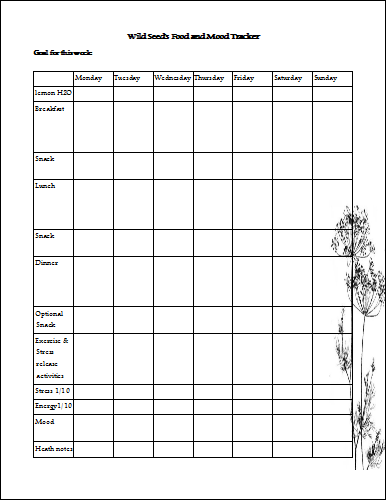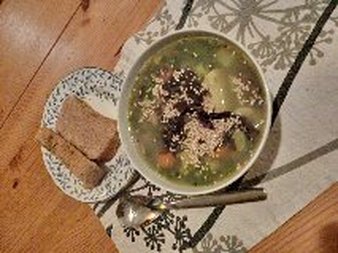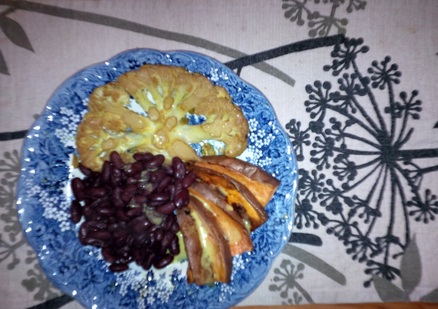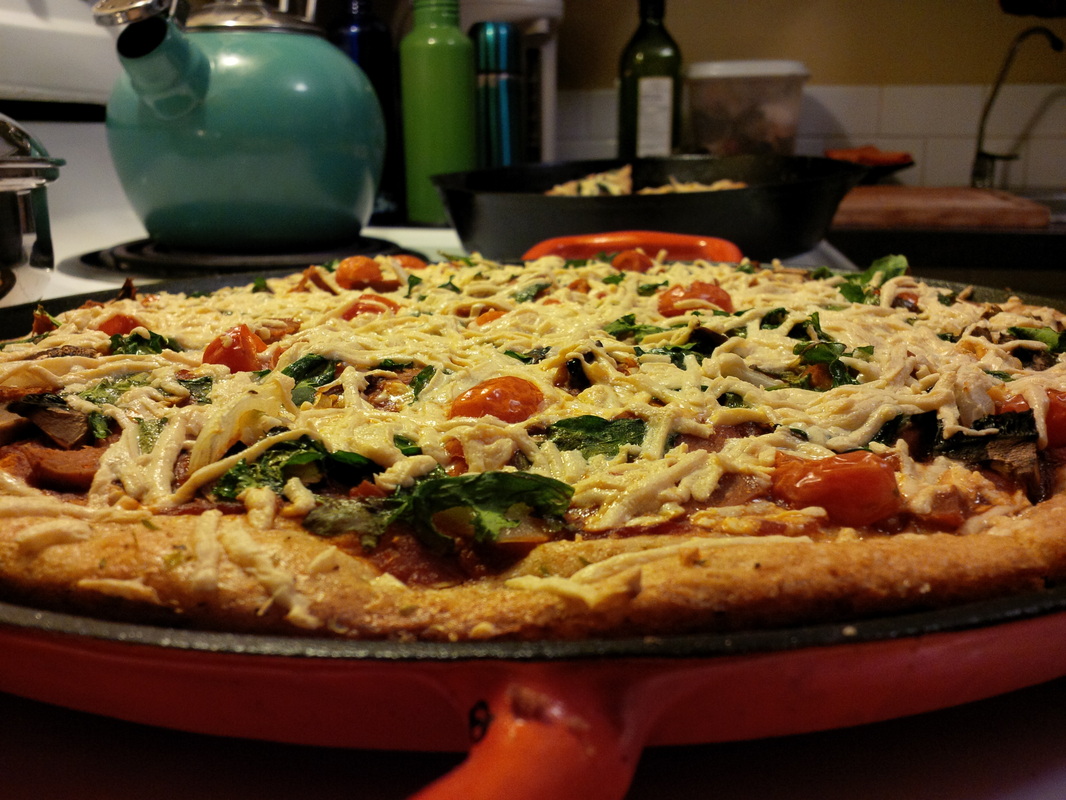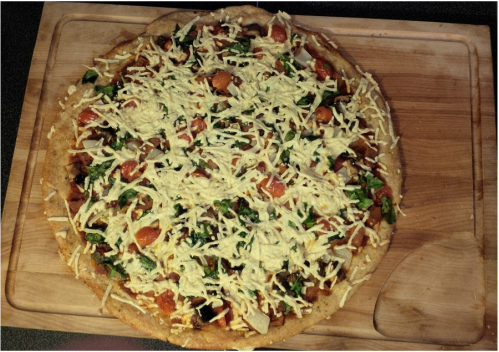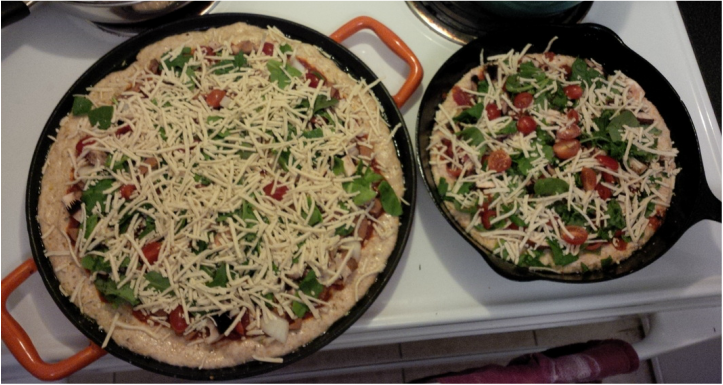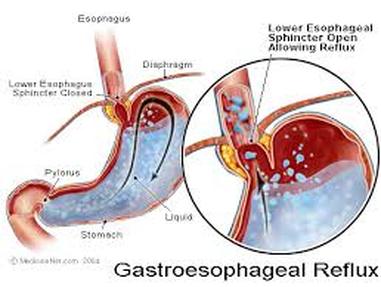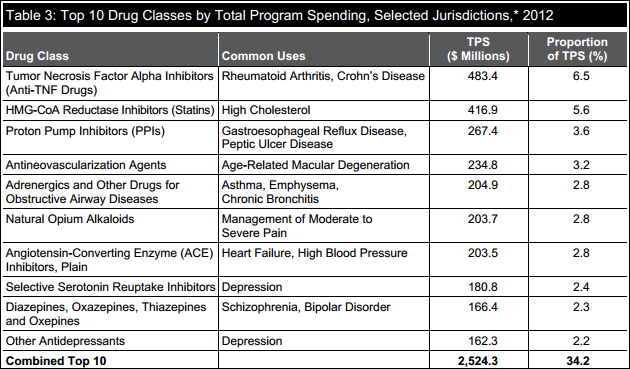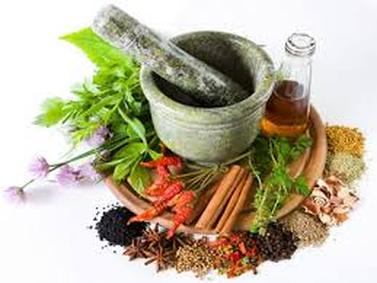If you are doing well with your New Years resolution, keep on track and grow your resolution into a conscious habit with reinforced goals and observable results.
Start small, start easy, take 5 mins a day to fill in the chart, make yourself more accountable and review your progression.
I propose you use whatever best suites you and your lifestyle, just make sure the tools are working for you!!
Be happy, be healthy, and enjoy the journey.
